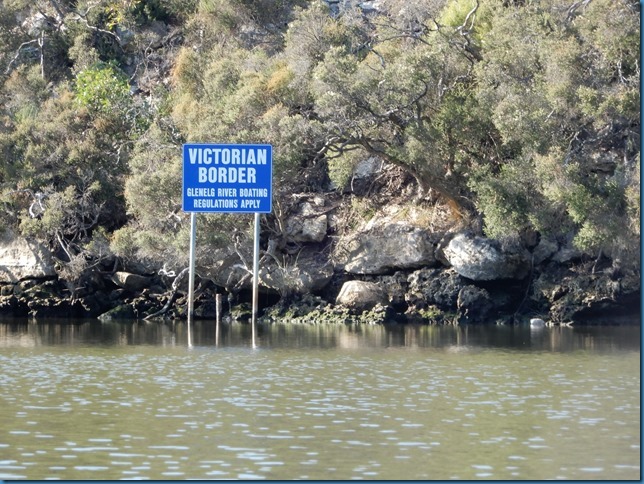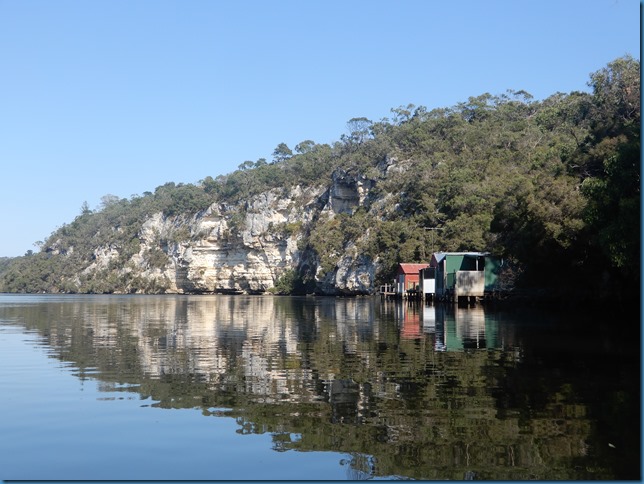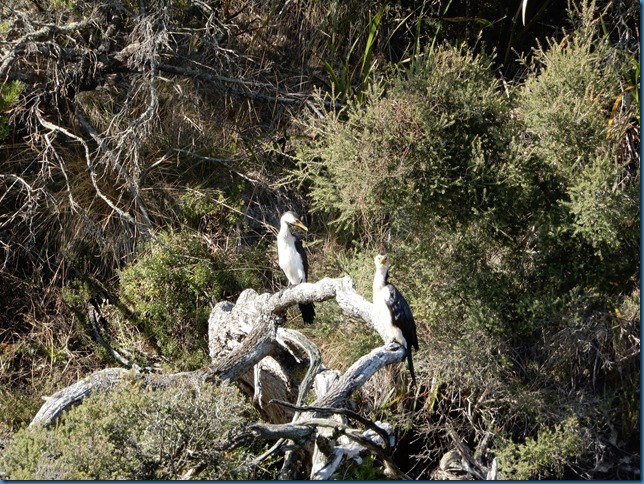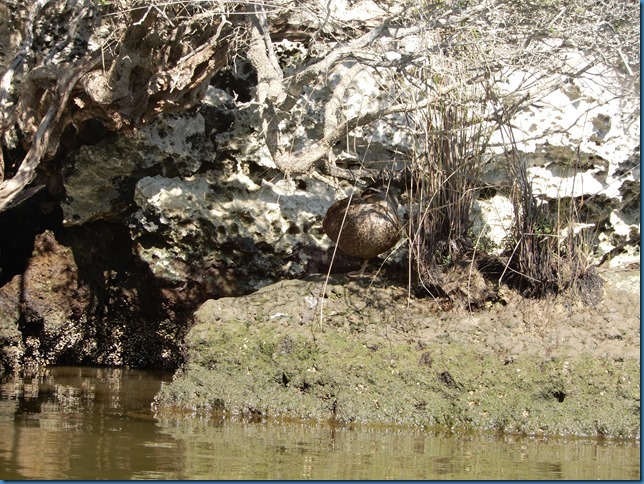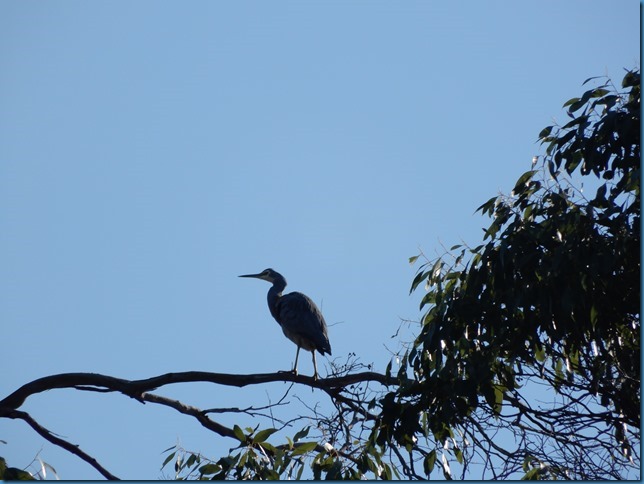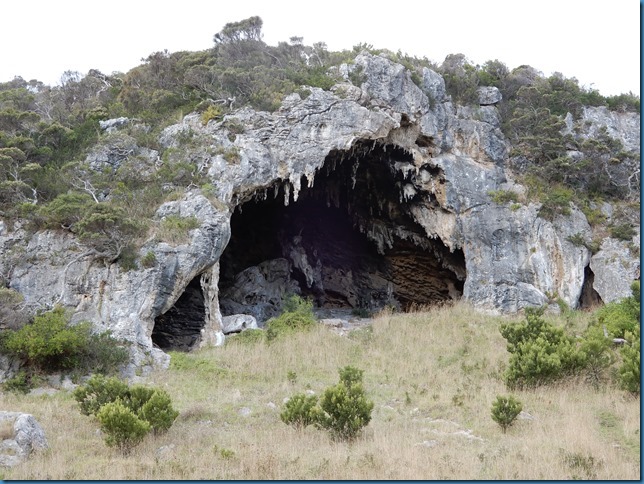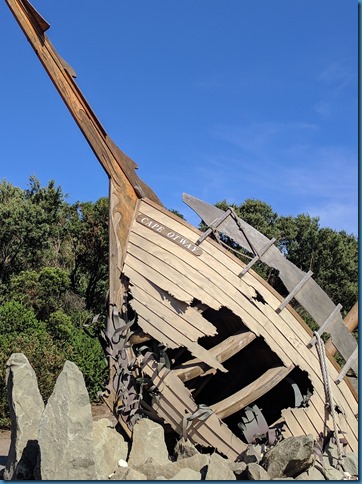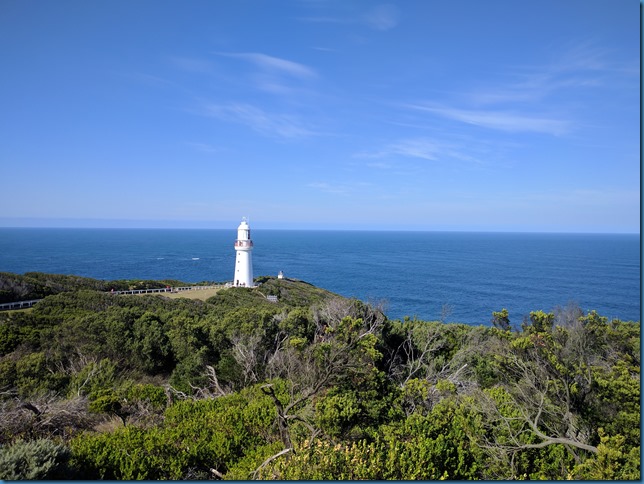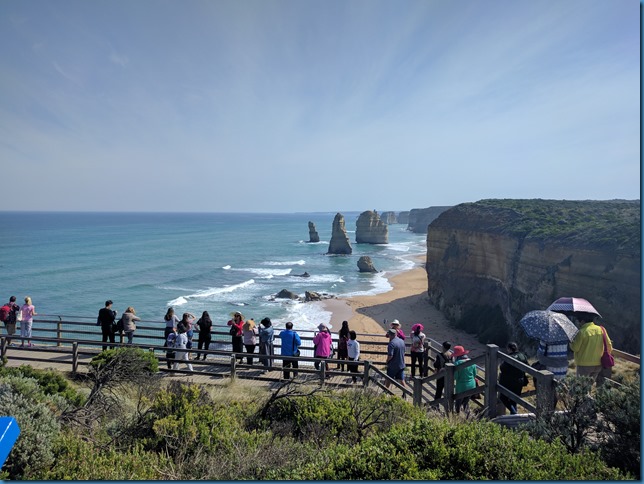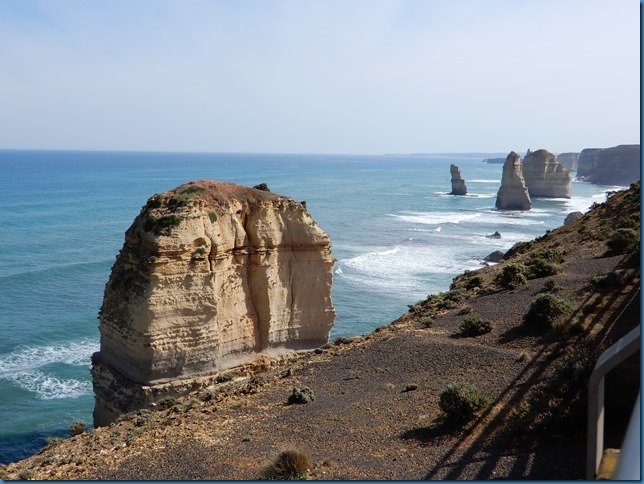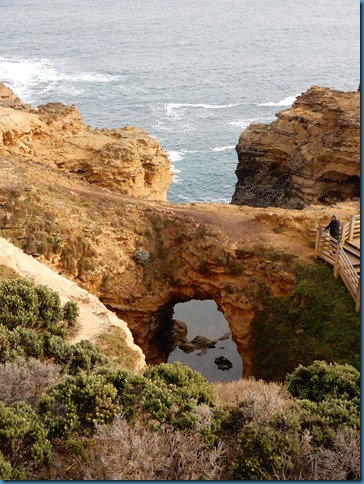After enjoying several free ferries by the lakes at the base of the Murray River, we thought we would head west into Kangaroo Island. However, on our way to the ferry, we learned that it would cost about $400 one way. With descriptions sounding much like Tasmania, we decided to skip the experience. We did have some interesting views of large waves and dolphins along the way, though.
Next stop on the list was Adelaide. The guidebook was pretty sparse on suggested things to do there, so we decided to only take 1 day there, including a stop to a local hardware store so that we could update the fittings for our water hose. Australia uses two sizes of spigots, 0.75” and 1”. Our hose is 0.75”, so it limited our water-filling options. Additionally, all hoses come with quick disconnects already installed, so many of the outlets have that as well. So, in order to make filling easier, we splurged and bought several fittings; now we can use all types of ends. It is also easier to put the hose on now.
The orange section is the quick disconnect that connects to any other quick connect, while the blue adapter is removed if the larger 1” thread is needed.
The layout of the city itself is very interesting. The CBD (Central Business District) is encircled by gardens. We drove into the CBD and went to see the South Australian Museum. It is one of many beautiful buildings that line the street, sitting next to the art museum and the University of South Australia. It had impressive collections of aboriginal items all displayed next to each other so that you could compare how different tribes did things.
I had been craving ramen since the Alpine National Park in Victoria, and so we tried to hit up a ramen place for lunch. However, it seemed that Google had a slightly wrong location listed, and we couldn’t find the place. So, my craving will have to wait until Perth. Hopefully, they will have some ramen shops that we can find.
From Adelaide, we had heard driving through the suburbs in the Adelaide hills was worth it during the autumn (some of the best displays of traditional autumn color in the country), so we started weaving through the hills to find a few treasures (we were still a few weeks too early to see the trees in all their grandeur).
Lastly, we hit up Mount Remarkable National Parks. Coming from the south, it is a single large hill that rises out of the flat plain (from the other directions, you can actually see it is part of a range). It had one of my favorite short walks so far; but probably just because it was so different from what we had previously walked. I loved the red walls of the gorge contrasted against the green eucalyptus trees. And, there were even a few flowers still blooming this late in the season. So, if you are in the vicinity, I highly recommend the Alligator Gorge Circuit track.
